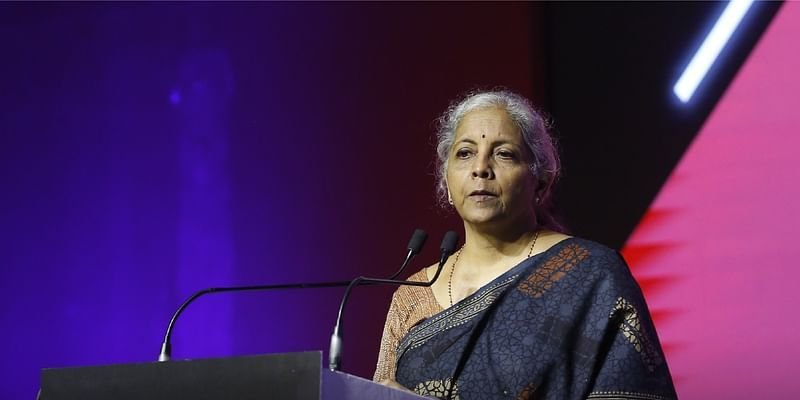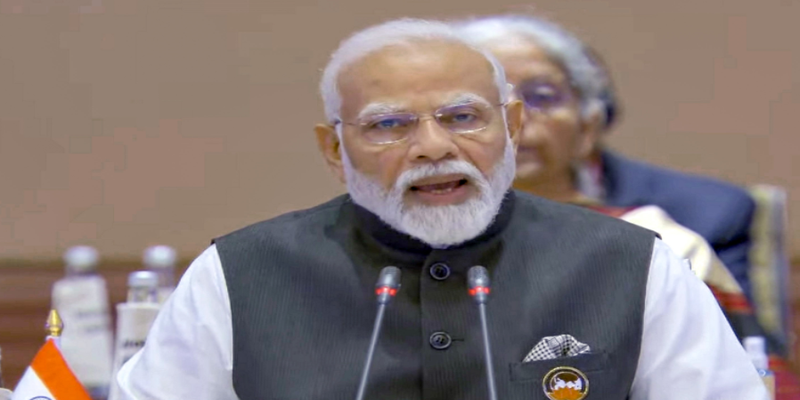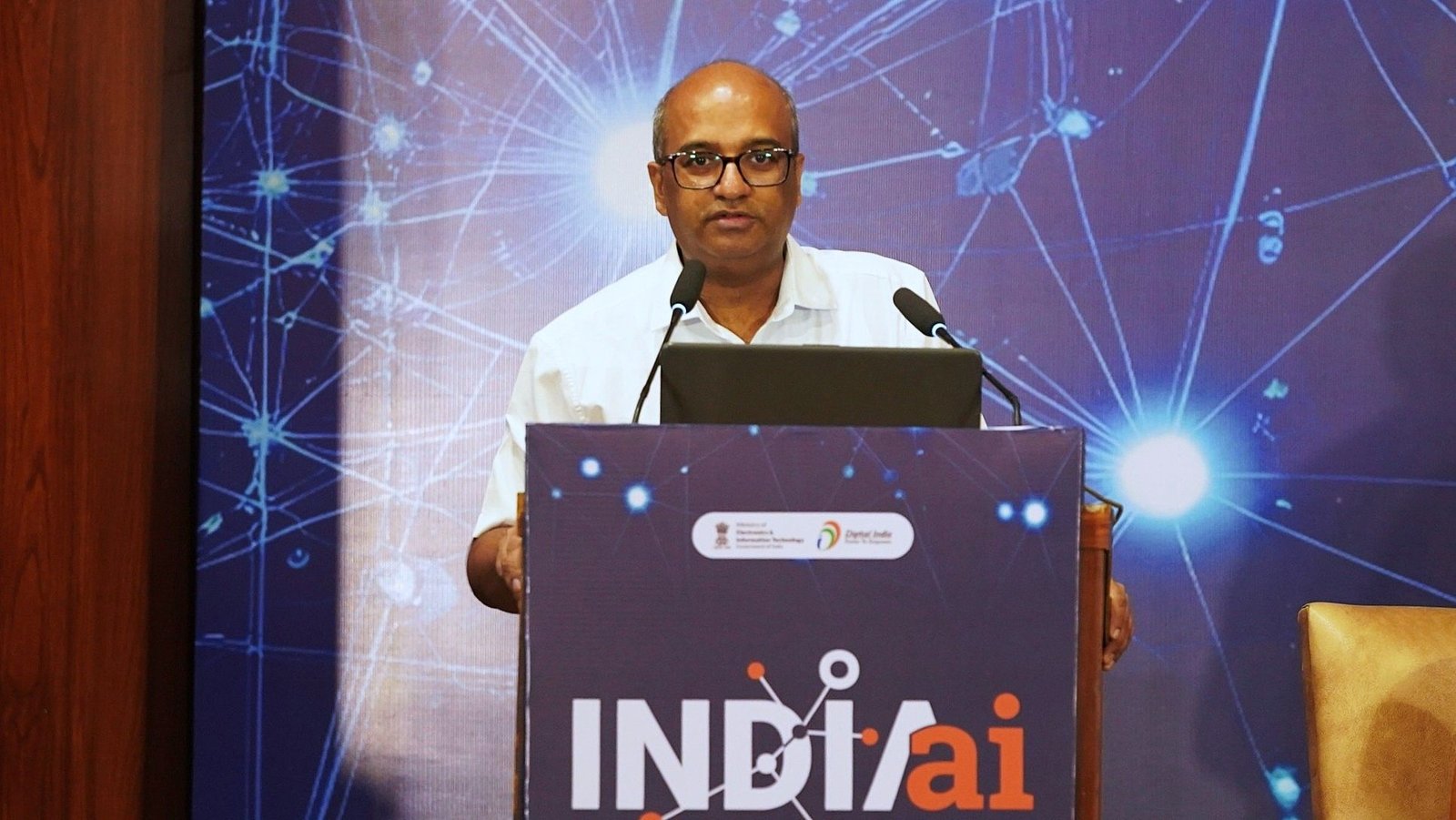From designers to influencers: India’s festive rush fuels scramble for white-collar gig talent


“As companies gear up for a surge in customer activity from August to December, top ecommerce, quick commerce, and D2C platforms are expanding their temporary workforce to handle the increased volumes in customer support, digital operations, and content delivery,” says Neeti Sharma, CEO, TeamLease Digital, the tech-focused hiring arm of the staffing player.
Randstad India also estimates resilient white-collar hiring, with July recording a 7–8% year-on-year rise.
The trend reflects how seasonal hiring, once seen as largely blue-collar, is becoming more diversified and specialised.
The shift is expected to create 30,000–50,000 temporary roles this festive cycle, growing 18%–25% over last year, according to TeamLease.
AI joins festive sales
Beyond scale, the pressure is on securing the right mix of skills. Companies are scrambling to find hybrid talent—professionals who can blend creative storytelling with technical expertise—a trend accelerated by adoption of artificial intelligence (AI).
At Gemius Studios—Gujarat-based integrated marketing agency—AI has taken over some of the lower-value work such as resizing banners and drafting generic copy, according to Saurabh Pacheriwal, Co-Founder of Gemius Studios.
While repetitive and data crunching roles are at risk of being replaced by AI, at least partially, the technology has also created niche roles.
“A motion designer who can make a Diwali ad look cinematic and then cut it down into thumb-stopping Reels without losing quality, they’re gold, and they’re booked out weeks in advance,” says Pacheriwal.
Pacheriwal says that last year, his firm hired a freelancer solely to refine AI-generated festive backgrounds for jewellery campaigns, a role that did not exist two years ago.
Growth is being led by non-IT sectors such as consumer electronics, logistics and transportation, hospitality, FMCG, real estate, education, and high-growth AI-ML roles.
.thumbnailWrapper{
width:6.62rem !important;
}
.alsoReadTitleImage{
min-width: 81px !important;
min-height: 81px !important;
}
.alsoReadMainTitleText{
font-size: 14px !important;
line-height: 20px !important;
}
.alsoReadHeadText{
font-size: 24px !important;
line-height: 20px !important;
}
}

Seasonal staffing overall is up 20–25%, while quick commerce alone has surged 35–40%. This demand is not only sectorally diverse but also geographically spread, reflecting a broader shift in how companies plan their seasonal talent needs.
The financials reflect the intensity of demand. Freelancers are commanding 10–15% higher rates than last year, with companies willing to pay premiums to keep campaigns and customer engagement on track.
“Someone having the right skills in the digital space (creative, communication, management, planning, etc) can earn anywhere between Rs 6 lakh and Rs 20 lakh per annum. Micro influencers get quite a few brand deals and opportunities and their earnings on an annual basis is in the vicinity of Rs 4 lakh-8 lakh, and if they start getting good brand deals and understand the content game well, they could easily shoot up over Rs 1 lakh per month,” says Pacheriwal.
Mid-level and macro influencers are charging 20–50% more during the festive period, with most contracts now linked to performance-based incentives tied to sales volume, click-through rates, or engagement.
The expansion has also changed how companies and freelancers work together. Festive roles are typically offered for contracts ranging from 4 to 12 weeks, with hiring activity peaking from Rakshabandhan in mid-August through to Diwali in October.
Many freelancers juggle several simultaneous projects, sometimes across competing brands and categories, to maximise output and earnings.
YourStory’s repeated attempts to contact white collar gig workers were met with delays given the pressure of seasonal work.
“The competitive market has rendered freelancers more strategic, opting for positions that enable them to utilise the same underlying work or creative capital for several customers and hence enhance efficiency in operations and profits,” said Nirav Hemani, Co-Founder of Aabo, a healthtech wearable device.
Individual companies are adapting their playbooks in different ways. Omnichannel gifting player FNP (Ferns N Petals) scaled its customer support team by up to 40% for the season to improve response times across chat, email, and social media.
At fashion brand Libas, festive cycles are used to hirebring in freelancers who deliver fresh ideas without being tied down by long annual KRAs or rigid reporting structures.
“Creativity also gets full bloom opportunity with freelancers bringing fresh ideas every season like plug and play solutions,” said Aruna Kotru, Head of Human Resources at Libas.
Beyond metros
Growth in consumption appetite has prompted hiring to become more decentralised, with roles dispersed beyond metro headquarters into regional hubs. Smaller cities such as Jaipur, Lucknow, Coimbatore, and Bhubaneswar have seen 30–40% growth in festive hiring compared to last year.
Ecommerce platform Myntra, for example, is ramping up gig and contractual hiring across warehousing, last-mile delivery, and customer support, with CHRO Govindraj MK saying the surge in Tier II and III markets is heavily shaping its festive preparations.
For both employers and freelancers, the short but high-stakes festive season is becoming a test of agility and efficiency.
Employers are also tapping hybrid setups, allowing temporary workers to operate from hometowns while connecting into central operations. “The demand is particularly high for multilingual agents who can serve Tier II and III cities, where digital consumption is growing rapidly,” says Sharma.
Edited by Affirunisa Kankudti
Discover more from News Hub
Subscribe to get the latest posts sent to your email.






